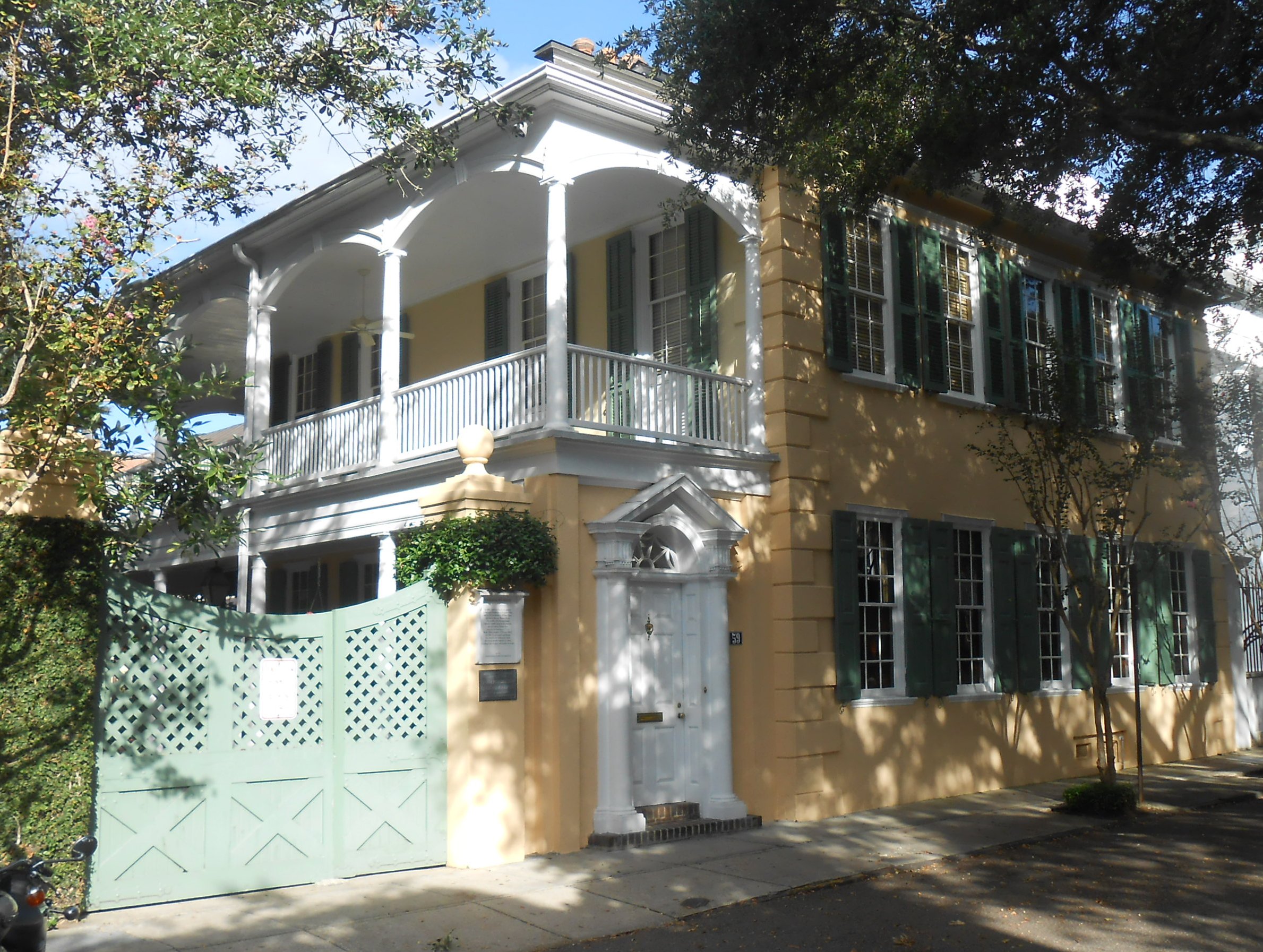Gallery - Charleston - Gardens

CHARLESTON'S SECRET GARDENS
Walk the historic streets south of Broad and peek into the enchanting outdoor rooms of jasmine, azalea, hedge and wrought-iron handiwork.
c. 1772
HEYWARD-WASHINGTON HOUSE GARDEN
The Charleston Museum owns this property, where native brick and oyster shell pathways, a riot of seasonal plantings, and scene-stealing camellias channel the 18th century. 87 Church Street
c. 1745
CAPERS-MOTTE HOUSE GARDEN
This layered double lot features a kitchen garden, a formal garden, and a stable garden brimming with giant roses; an old poolside privy functions as a potting shed. 69 Church Street
c. 1735
THOMAS ROSE HOUSE GARDEN
In the 1950’s, landscape luminary Loutrel Briggs carved out garden rooms from a newly acquired adjoining lot and installed formal statues of summer and winter. 59 Church Street
c. 1754
JAMES VERREE HOUSE GARDEN
Emily Whaley spent more than half a century tending to this secluded oasis and chronicled her devotion to this secluded oasis in her the bestselling memoir Mrs. Whaley and Her Charleston Garden. 58 Church Street
c. 1743
GEORGE MATHEWS HOUSE
Climbing Iceberg roses, tulips, palms, ginger lilies, crepe myrtles, azaleas, and irises, produce an Impressionist painting’s worth of color. 37 Church Street
c. 1772
WILLIAM GIBBES HOUSE
Loutrel Briggs’s first commission in Charleston, this property contains a rose garden, a central pool and fountain, and a sprawling lawn leading to the original summerhouse out back. 64 South Battery
c. 1801
PINEAPPLE GATES HOUSE
In recent years, a team of historians and experts unearthed this garden’s original footprint—a series of three connected “rooms” meant to be viewed aerially from upper-level porches. 14 Legare Street
Local Expert:
After four years working at the Preservation Society of Charleston, horticulture specialist Paul Saylors is getting back to his roots—literally—working in some of the most historic gardens in town.
RELATED POSTS
Taylor Bruce










